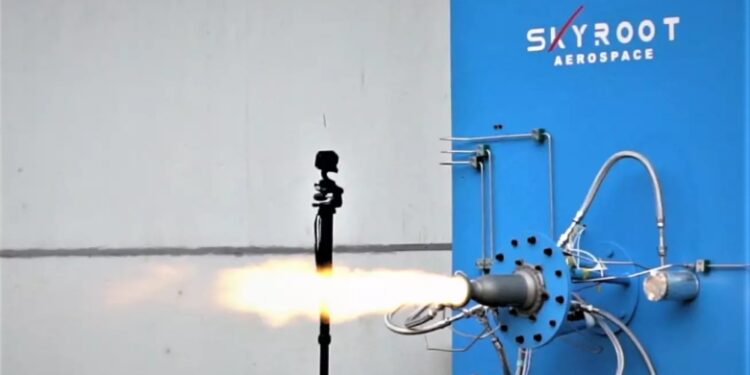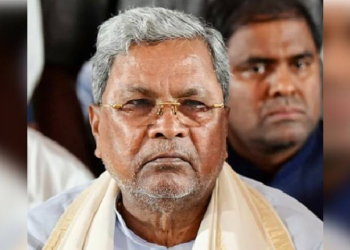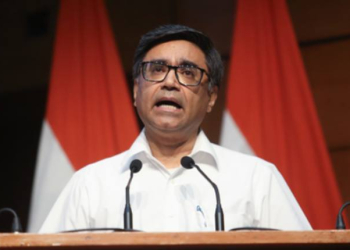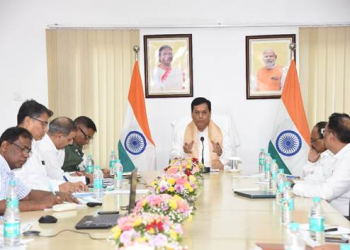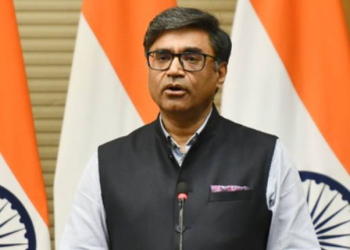Chennai: Private rocket maker Skyroot Aerospace on Tuesday said it had successfully test fired its 3D printed cryogenic engine called Dhawan-II for 200 seconds.
According to Skyroot Aerospace, the test was done at Solar Industries propulsion test facility in Nagpur, Maharashtra using the company’s indigenously developed mobile cryogenic engine test pad.
This achievement follows the November 2022 launch of Vikram – S, which made Skyroot the first Indian private company to send a rocket into space.
“The successful test of Dhawan-II is a landmark achievement for Skyroot and the Indian private space sector. We are proud to be at the forefront in developing cutting edge cryogenic technologies in the private space sector of India, and pushing the limit with advanced technologies like 3D printing and green propellants,” Pawan Kumar Chandana, Co-founder and CEO of Skyroot Aerospace said.
The Dhawan-II engine builds upon the foundation laid by Skyroot’s first privately developed fully-cryogenic rocket engine, the 1.0 kN (kilo Newton) thrust Dhawan a” I, which was successfully test fired in November 2021.
The cryogenic engine series is named in honour of Dr. Satish Dhawan, an eminent Indian rocket scientist who played a crucial role in the development of the Indian Space Programme.
Naga Bharath Daka, co-founder and COO of Skyroot Aerospace, added: “This is a major milestone for our cryogenic propulsion programme, which will enhance the payload capacity of the Vikram series of space launch vehicles (rockets), making them more modular so as to meet wider customer requirements.”
According to Padmashri awardee V. Gnanagandhi, and veteran rocket scientist who leads liquid and cryogenic propulsion at Skyroot Aerospace, it is encouraging to have achieved continuous firing of 200 seconds with stable combustion.
“Our 3D printed Dhawan – II engine also uses a 3D printed torch igniter and a bellow actuated cryo-injection valve with quick response time. It is a remarkable achievement by our team and we could get valuable data for next generation cryogenic engine technology with LNG as fuel,” Gnanagandhi said.
(IANS)



